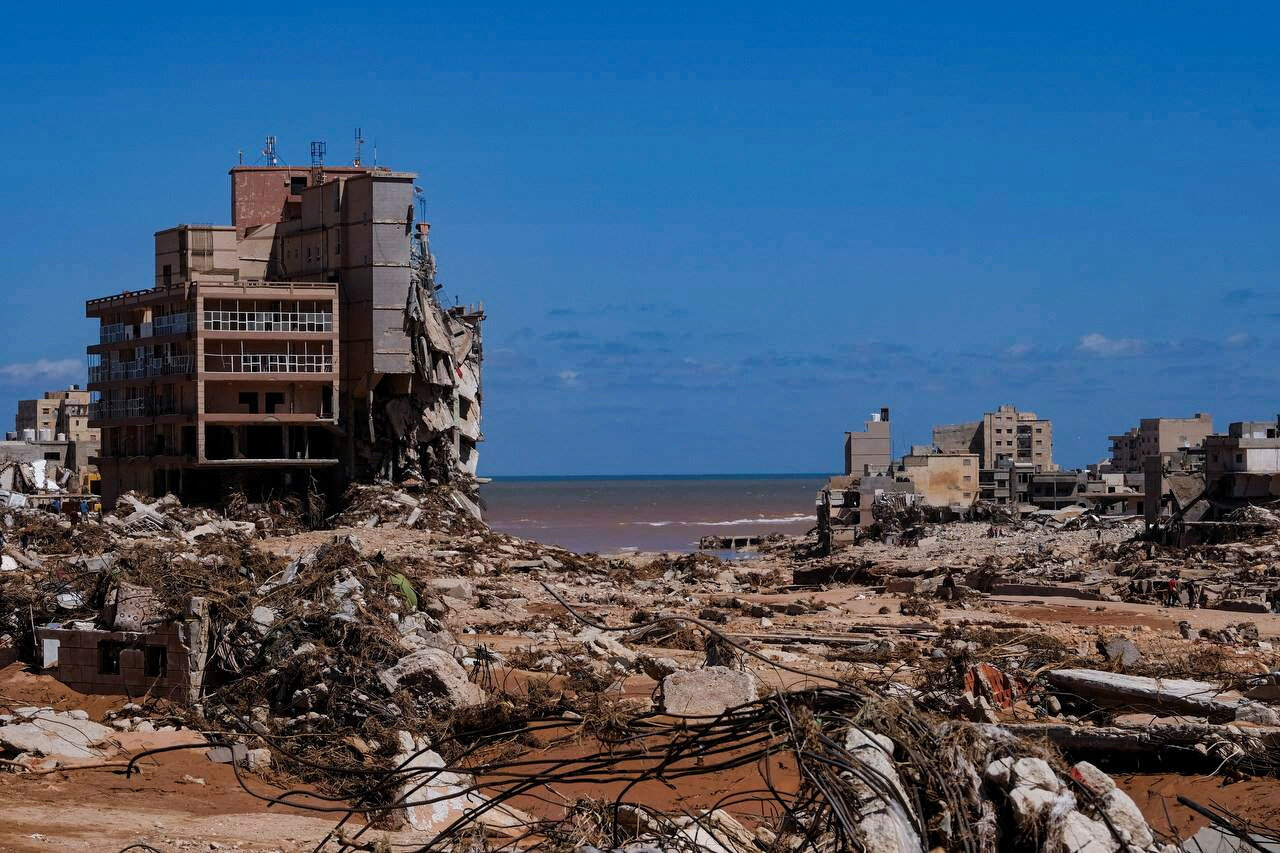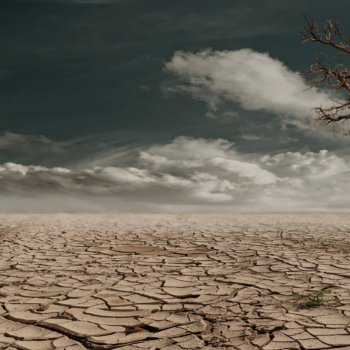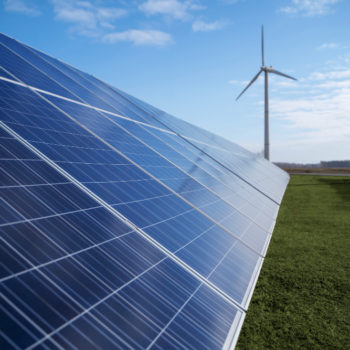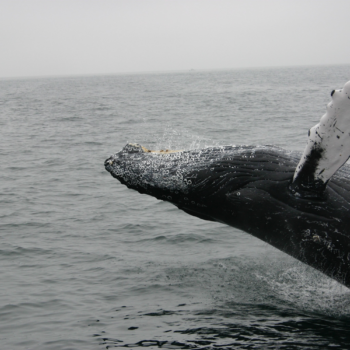|
|
What is responsible for the flood in Libya that has so far claimed over 5,000 victims? The simplest answer is the Mediterranean hurricane “Daniel.” To reduce the risk of similar disasters in the future, not just in this country, deeper answers must be sought. Such as? There are so many bodies that they don’t even fit in hospital corridors. They are laid out on the street, in front of the entrance. Survivors lift the covers under which the bodies are buried, searching for their loved ones.
39-year-old Mostafa Salem lost 30 of his relatives. “Most people were asleep. No one was prepared,” he told Reuters.
The flood that swept through the Libyan city of Derna on Sunday (September 10) leveled a quarter of the 100,000-population city. Local authorities report that over 5,000 people have died as a result. Another 10,000 are considered missing, which means the final death toll could be much higher. Many bodies are crushed under the rubble of collapsed buildings; many others have been washed out to sea, perhaps never to be returned.
How Did the Tragedy Happen?
Last week, Bulgaria, Turkey, and especially Greece were also dealing with floods. This is the result of a powerful storm that subsequently moved from north to south. In the Mediterranean Sea, it gained significant strength, turning into a hurricane that struck the eastern coast of Libya. It is at a similar distance from the Greek island of Crete as Washington is from New York.
The hurricane, named “Daniel” by meteorologists, brought the heaviest rainfall in decades. According to the BBC, in some places, over 400 mm of rain fell per square meter in a day. That’s as much as usually falls in three-quarters of a year.
The hurricane that hit Libya is known in English as a “medicane“. The name comes from a combination of the words “Mediterranean” and “hurricane.” Medicanes exhibit characteristics of both mid-latitude storms and typical hurricanes, including the spiral shape with a cloud-free eye in the middle, visible in satellite images. They are not as extensive as hurricanes and occur much less frequently (a few times a year). But, as we can see, they can bring equally tragic consequences.
The last medicane devastated many cities in Libya, including Benghazi, the second-largest city. However, Derna suffered the most. The dams that were supposed to hold back the water from the steep plateau along the coast could not withstand the pressure and burst.
Could This Type of Disaster Have Been Prevented?
There are no guarantees. However, much could have been done to significantly reduce the risk, not only on Libya’s part but also globally.
Global Causes…
When the sea temperature rises above a certain level, water vapor condenses and forms a cloud vortex that carries huge amounts of water. And last summer in the Mediterranean basin was much warmer than usual. Scientists agree that this year’s hottest summer in recorded history and ocean temperature records are due to climate change caused by human activity. The main contributor to global warming is the burning of fossil fuels. But the climate crisis is also driven by intensive agriculture (especially animal farming) and the deforestation associated with it.
“Although it has not yet been formally established what role climate change played in the formation of Hurricane ‘Daniel,’ it can be confidently said that the surface temperatures of the Mediterranean Sea were significantly above average throughout the summer. This was certainly the case in the region of Greece, and now in Libya, where ‘Daniel’ could arise and wreak havoc. Warmer water not only increases the intensity of precipitation but also makes storms more violent,” comments Dr. Karsten Haustein, a climatologist at the University of Leipzig, in “The Guardian.”
“There is consistent evidence that the frequency of medicanes decreases with global warming, but the strongest medicanes become even more dangerous,” adds Suzanne Gray, Professor of Meteorology at the University of Reading in the UK, citing the latest report from the Intergovernmental Panel on Climate Change.
In short, in a cooler world, Hurricane “Daniel” probably would not have developed so quickly and violently. And it would not have struck Libya with such fierce force.
Systemic Causes…
As Reuters reports, in a scientific article published last year, Libyan hydrologist Abdelwanees A.R. Ashoor stated that the recurring flooding of a seasonal riverbed poses a threat to Derna. He listed five floods since 1942 and called for immediate steps to ensure regular dam maintenance.
“If a massive flood occurs, its effects will be catastrophic for the residents of the wadi [dried riverbed] and the city,” the researcher warned.
The same problem is also highlighted by the AP agency, which explains that local authorities have neglected Derna for years. “Even the issue of maintenance was neglected. Everything was constantly postponed,” explains one of the experts on Libya, Jalel Harchaoui, to the Associated Press.
Where does the neglect of such a large risk come from? Among the answers to this question, one can certainly list Libya’s limited financial capabilities and the country’s lower technological progress.
“To make flood forecasting systems effective, good data on precipitation forecasts and river levels are needed, as well as a well-maintained network of ground-based measuring instruments and a clear plan to save people. The tragic number of deaths in Libya shows what can happen if any elements of this chain are not connected or do not work properly,” explains Hannah Cloke, Professor of Hydrology at the University of Reading.
“It is important to realize that the storm itself is not the only cause of fatalities. This is also partly due to Libya’s limited ability to forecast weather effects, limited warning and evacuation systems, and prevailing standards for planning and designing infrastructure and cities,”
Dr. Kevin Collins from Open University in “The Guardian.
Political Causes
The last piece of the puzzle is the political situation in Libya. Or rather, the chaos and conflicts that have plagued the country for over a decade since the overthrow of Muammar Gaddafi’s dictatorship.
Since then, Libya has been divided into two parts. The western part, with the capital in Tripoli, is supported by Western countries and the UN. In the east, where Derna is located, the Libyan National Army rules. In Derna itself, Islamic militant groups ruled just a few years ago. They were expelled in 2019 by military commander Khalifa Hifter.
Years of conflict have caused public services and infrastructure throughout the country to collapse. “The divisions have affected public institutions, making the state weak and fragmented,” writes the ‘Financial Times.‘
Therefore, today, the oil-rich country lives in the shadow of its former prosperity. “Like many poorer countries, Libya simply was not prepared for the extreme weather conditions that Daniel brought,” concludes “The Guardian.”
Despite this, the initial reaction to the disaster led to some breaking of divisions. The government of western Libya sent a plane to Benghazi with 14 tons of medical supplies and healthcare workers. It also announced that it would allocate the equivalent of $412 million for the reconstruction of Derna and other cities in the east of the country.
Libya has also been offered assistance by other countries. From Germany, France, and Italy to Egypt, Turkey, and the United Arab Emirates.
Experts emphasize that in the future, the consequences of similar disasters in the Mediterranean basin will be felt unevenly. The greatest destruction and the most fatalities will occur in countries that have the least money to prepare for new climatic realities. And which have contributed the least to the climate crisis.
Image: https://www.nytimes.com/video/world/africa/100000009086434/libya-derna-floods.html Information: https://oko.press/powodz-w-libii-czy-mozna-bylo-jej-uniknac












